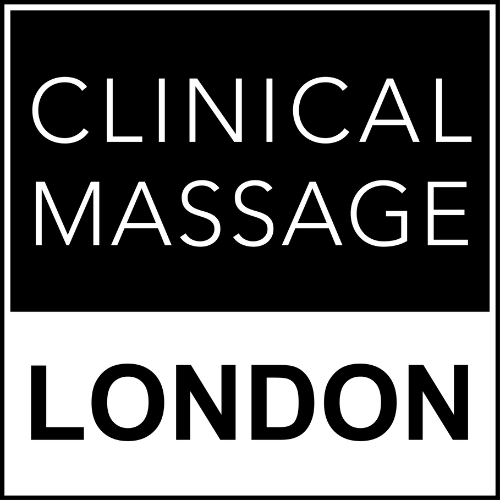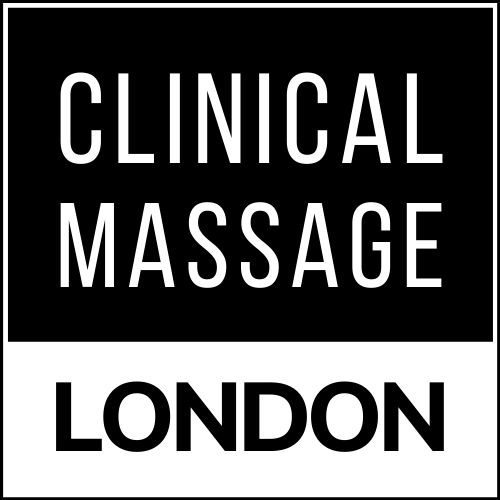
What is Clinical Massage Therapy?
Clinical Massage is a knowledge-based approach to treating soft tissue conditions and disorders
The term ‘clinical massage’ refers to massage therapy that is rooted in clinical reasoning. It implies a knowledge-based approach to treating soft tissue conditions and disorders.
Any individual who terms themselves a ‘clinical massage therapist’ should be versed in musculoskeletal anatomy and common soft tissue disorders, and be competent in the assessment and treatment of those conditions.
What Techniques are used in a Clinical & Sports Massage?
Typically, these may include Deep Tissue massage, Myofascial Release, Trigger point therapy, Swedish massage and Sports Stretching, applied with a broad or specific focus tailored to the needs of the client.
An understanding of the physiological characteristics of your condition, and the physiological effects of the techniques at your therapist’s disposal, are what help ensure each treatment is delivered as efficiently and effectively as possible.
Is there a difference between a ‘clinical’ and ‘sports’ massage?
The similarity of any given treatment depends on the level to which your therapist is qualified.
Whilst many of the same techniques may be used, there may be knowledge-based differences in areas such as advanced functional anatomy and soft tissue assessment that determine the degree to which clinical reasoning can be applied to your treatment.
For example, it is likely only a Level 4 and Level 5 qualified sports massage therapist will have undergone the level of training required to be able deliver a more targeted and informed approach to treating specific conditions and soft tissue disorders. In this sense, as long as the practitioner is competent in the assessment and treatment of common soft tissue conditions or disorders, the terms may be used interchangeably.
If ‘clinical massage’ and ‘sports massage’ use similar techniques, why do two different terms exist?
The term ‘sports massage’ arose when the therapeutic benefits of massage were popularised among athletes, as summarised by this blog article by massageschoolnotes.com.
The publication of professional athlete and massage therapist Jack Meagher’s classic book ‘Sportsmassage: A complete Program for Increasing Performance and Endurance in Fifteen Popular Sports’ in 1980 for example, was just one of a number of ways the term was written about and popularized.
Simultaneously, the use of massage by key practitioners outside of sports performance led to advanced treatments for non sports-related conditions, with pioneers such as Ida Rolf, James Cyriax, and Janet Travell beginning to experiment and integrate advanced protocols into therapeutic massage applications (Stillerman, 201), leading to the development of the terms ‘orthopedic massage’, ‘clinical massage’ and ‘therapeutic massage’.
Over the years, many educators who traditionally taught sports massage such as James Waslaski, Ben Benjamin, and various others have also moved to using the terms ‘orthopedic massage’ and ‘clinical massage’ because it more appropriately refers to treatment of all musculoskeletal conditions, regardless of whether they arose within a sporting or non-sporting environment (Stillerman 202).
Reference: Stillerman, Elaine. Modalities for Massage and Bodywork. Elsevier/Mosby, 2015.

Here is the Complementary and Natural Healthcare Council’s official definition of ‘Massage Therapy’
Massage Therapy
In all types of massage therapy, the intention is to relax the soft tissues, increase delivery of blood and oxygen to the massaged areas, warm them, and help the body to relax.
In a typical massage therapy session, the practitioner will discuss symptoms, medical history and the desired results. The practitioner generally performs some evaluation through touch before beginning the massage. Oil or powder help reduce friction on the skin and the therapist may use other aids, such as ice, heat, fragrances, or machines.
Massage may be found to bring relief from everyday aches, reduce stress, increase relaxation, address feelings of anxiety and tension, and aid general wellness. It can also be used in support of other therapies to assist in the rehabilitation of muscular injuries.




